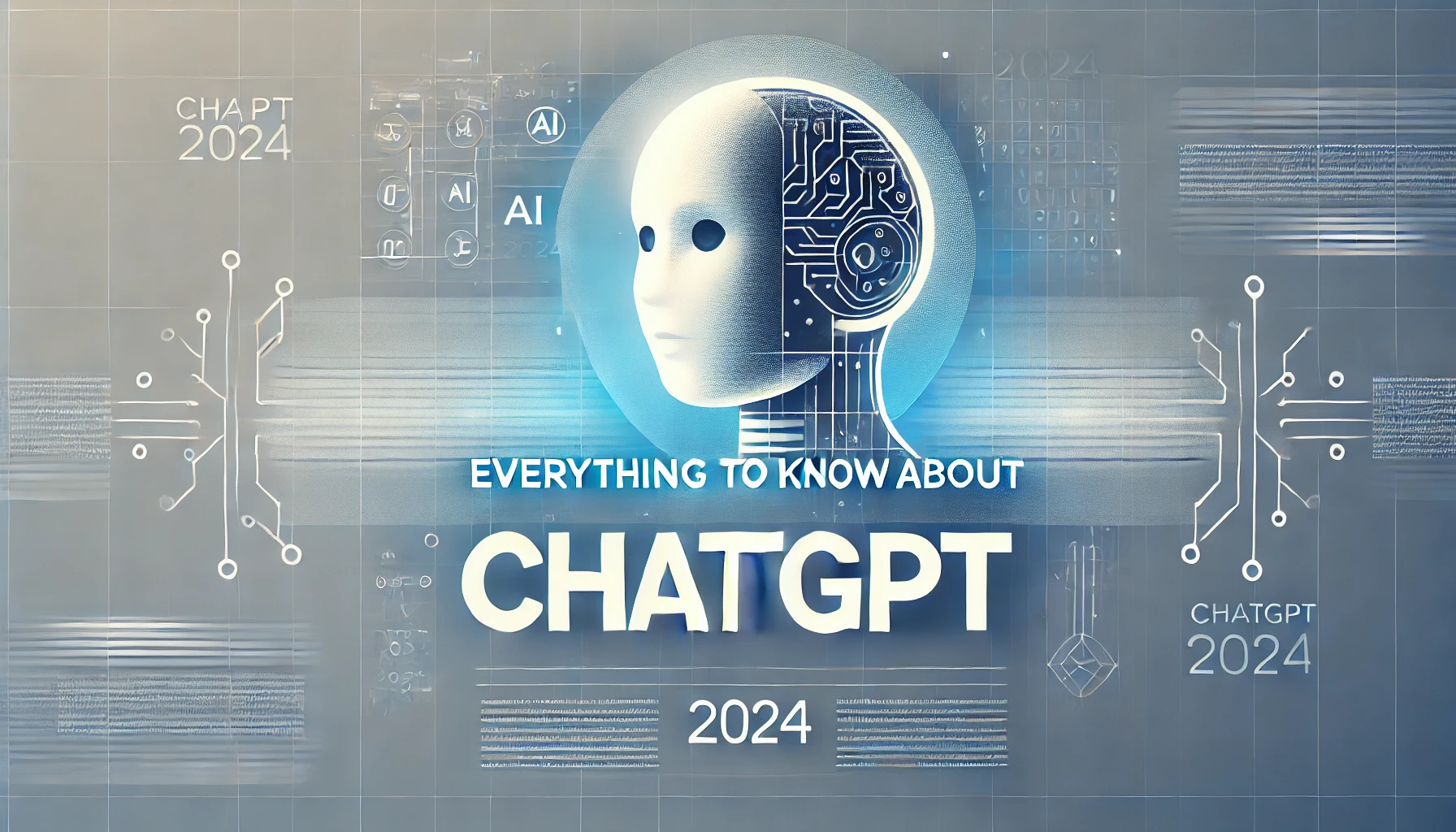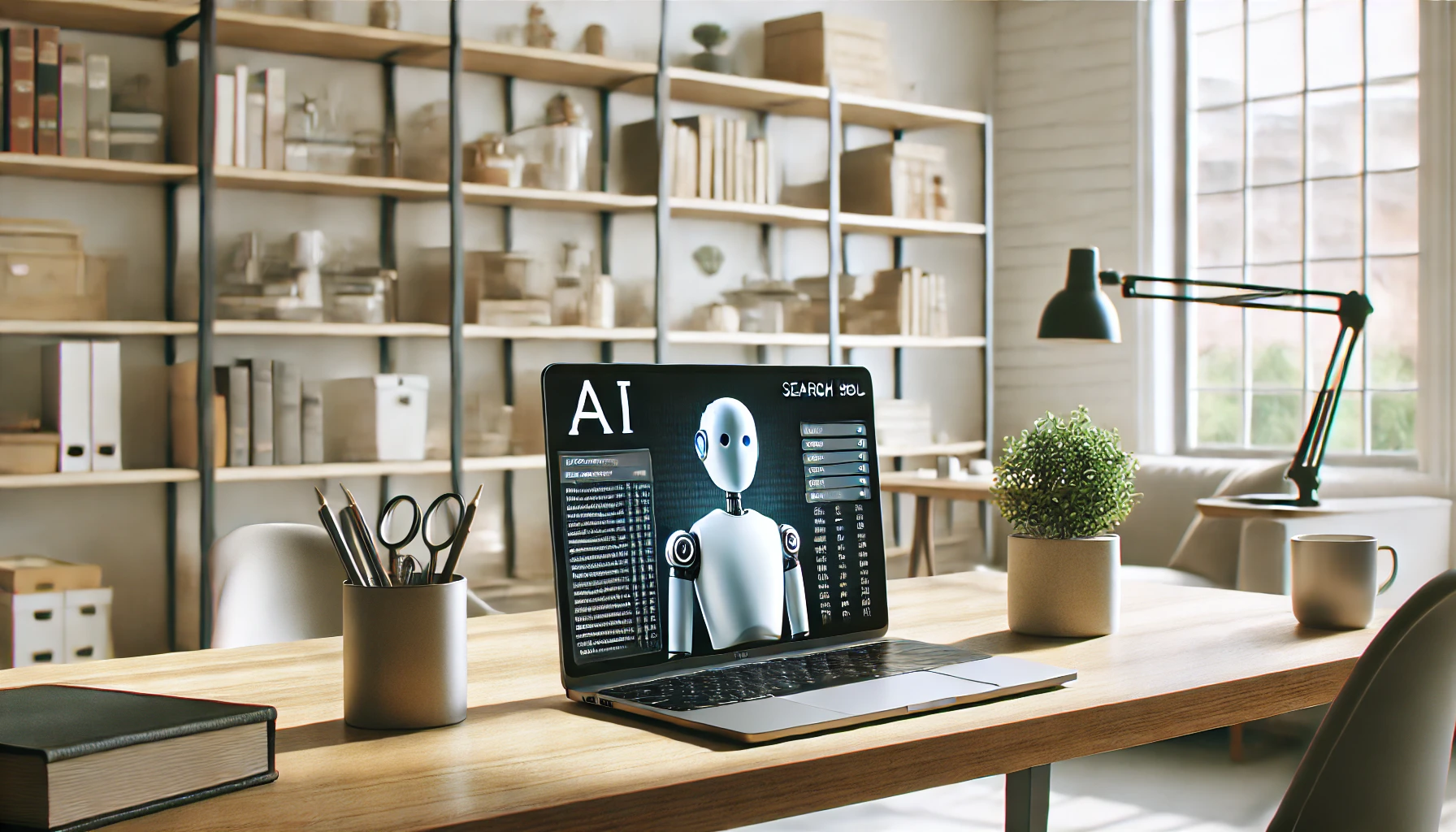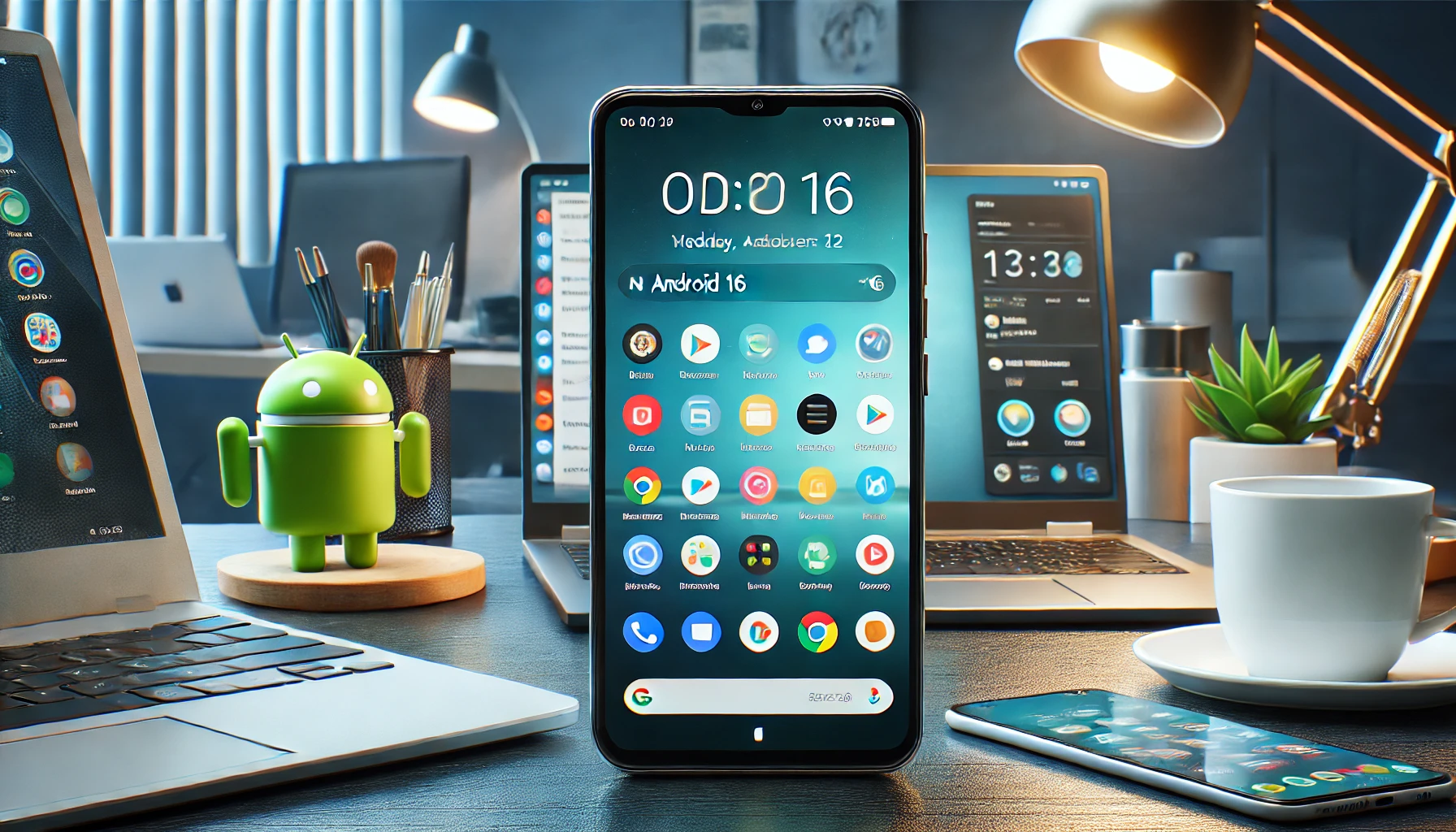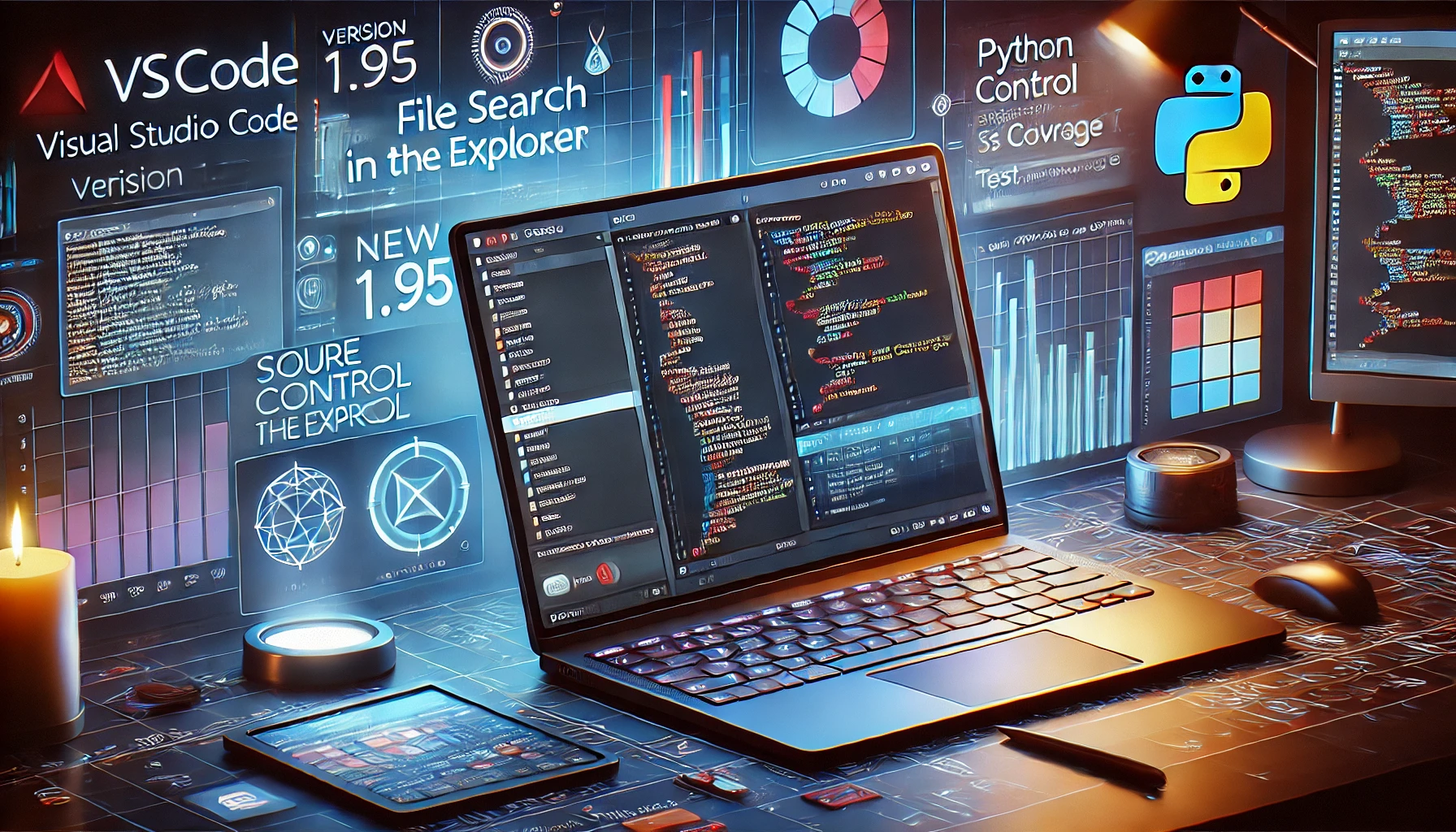
ChatGPT, the popular AI chatbot developed by OpenAI, has revolutionized how users interact with artificial intelligence. Since its launch, it has become a cornerstone of generative AI technology, offering a range of applications for individuals and businesses alike. In this article, we’ll explore everything you need to know about ChatGPT, from its core functionality and pricing options to its ethical implications and future prospects.
What is ChatGPT?
ChatGPT is a sophisticated AI chatbot based on OpenAI’s large language model (LLM) architecture. At its core, ChatGPT is designed to generate human-like text responses to user queries. This is made possible through an extensive training process on massive datasets containing text from books, websites, articles, and more. By predicting the next word in a sequence, ChatGPT can generate coherent and contextually relevant responses, which makes it capable of answering questions, engaging in conversations, drafting emails, writing essays, and even creating code.
The latest version of ChatGPT runs on OpenAI’s GPT-4 model, which offers improved accuracy, logical reasoning, and expanded capabilities compared to its predecessors. The AI’s ability to engage in conversations has transformed its role from being a simple tool for text generation to a versatile assistant for both personal and professional tasks.
How Does ChatGPT Work?
ChatGPT’s functionality is driven by advanced machine learning algorithms, specifically deep learning techniques. These models are trained to understand and predict patterns in text, enabling the chatbot to generate meaningful responses. Its strength lies in its ability to process and analyze large volumes of data and leverage that knowledge to simulate natural conversations.
The core of ChatGPT’s magic is in its pre-training and fine-tuning process. During pre-training, the model learns general language patterns by processing vast amounts of public data, and fine-tuning allows the model to specialize in specific tasks by analyzing feedback from human reviewers.
As the technology evolves, OpenAI has continuously fine-tuned its chatbot to reduce issues like “hallucinations” (incorrect or nonsensical outputs) and ethical concerns around bias or harmful content. The system’s capacity to generate human-like responses while maintaining a clear understanding of context has made it an invaluable tool for a variety of industries.
ChatGPT Subscription Tiers
ChatGPT is available in both free and paid versions, offering different levels of access depending on user needs. The free version provides basic functionalities, making it accessible to a wide range of users, but it comes with limitations on message volume and access to specific model versions.
For those seeking more robust features, OpenAI introduced ChatGPT Plus, a premium subscription plan costing $20 per month. This plan grants users access to the more powerful GPT-4 model, which excels at handling complex tasks, offers faster response times, and allows higher message limits. Additionally, ChatGPT Plus subscribers enjoy priority access during peak usage times, which helps avoid issues like “at capacity” errors, making it more reliable for professionals and power users.
Businesses looking for even more customization can opt for the ChatGPT Enterprise plan, which includes enhanced security features, API access, and tailored support for integrating AI into company workflows.
Key Features of ChatGPT
- Text Generation: ChatGPT can assist with writing tasks, ranging from simple text replies to complex documents. Users can ask for help in drafting emails, writing reports, or even generating creative writing pieces.
- Coding Assistance: Developers find value in ChatGPT’s ability to generate, debug, and optimize code across several programming languages. The tool can also suggest algorithms and workflows, speeding up software development processes.
- Image Generation: Through integration with DALL·E, ChatGPT Plus users gain access to image generation features, making it a one-stop solution for both text and visual content creation.
- Voice Interactions: ChatGPT’s latest update includes voice capabilities, allowing users to interact with the AI in a more conversational manner. This functionality has potential applications in customer service and virtual assistant roles.
- Custom GPTs: Users can now create their own versions of ChatGPT by training it on specific data or use cases. These custom models, known as GPTs, enable businesses and professionals to tailor the chatbot to their unique needs.
- Multimodal Abilities: ChatGPT’s ability to process and respond to images, voice inputs, and text creates a more interactive and dynamic experience for users, setting it apart from other AI tools.
ChatGPT’s Impact on Various Industries
ChatGPT has been widely adopted across sectors such as education, healthcare, customer service, and software development. In education, teachers use it to draft lesson plans, and students utilize it to simplify research and writing tasks. Similarly, in customer service, ChatGPT has transformed support functions by offering immediate, contextually relevant responses to customer queries, reducing response times and improving overall efficiency.
In the healthcare sector, ChatGPT has been integrated into applications that assist medical professionals with administrative tasks, patient interaction, and even preliminary diagnostic tools. As more companies adopt AI solutions, ChatGPT’s influence is expected to grow, offering more streamlined operations across industries.
Ethical Considerations and Challenges
As with any emerging technology, ChatGPT’s widespread adoption raises significant ethical questions. Issues like data privacy, potential misuse, and the impact on employment have been at the forefront of discussions surrounding AI tools like ChatGPT.
One major concern is the use of copyrighted material in training AI models. In response to this, several lawsuits have been filed against OpenAI, claiming that their models were trained on copyrighted content without permission. OpenAI is working to address these concerns by seeking partnerships with publishers and ensuring proper licensing agreements.
Furthermore, AI hallucinations, or the generation of false or misleading information, remain a challenge. OpenAI has implemented various mitigation measures, but users are advised to verify critical information independently before relying on the chatbot’s outputs for important tasks.
The conversation around AI ethics also extends to labor markets, as ChatGPT and similar AI tools have the potential to displace jobs, particularly in industries reliant on repetitive, task-oriented roles. However, proponents argue that AI will ultimately complement human labor, automating mundane tasks and allowing people to focus on more creative and strategic work.
The Future of ChatGPT and Generative AI
Looking forward, the future of ChatGPT and generative AI is incredibly promising. OpenAI continues to innovate, with plans to improve the chatbot’s functionality by addressing current limitations and expanding its capabilities. This includes enhanced reasoning skills, better real-time learning, and more intuitive multimodal interactions.
Moreover, OpenAI’s commitment to accessibility means that ChatGPT will continue to evolve into a more powerful tool, democratizing AI technology for both individuals and businesses. In the coming years, we can expect broader integrations of ChatGPT with everyday applications, making AI an indispensable part of daily life.
In conclusion, ChatGPT has been a game-changer in the realm of AI. With its versatile features, flexible subscription tiers, and broad industry applications, it is shaping the future of human-AI collaboration. Despite challenges around ethics and regulation, the tool’s potential to streamline tasks, boost productivity, and drive innovation makes it an essential technology for businesses and individuals alike.
Sources:
- TechRadar
- Technology Magazine
- Yahoo Tech





